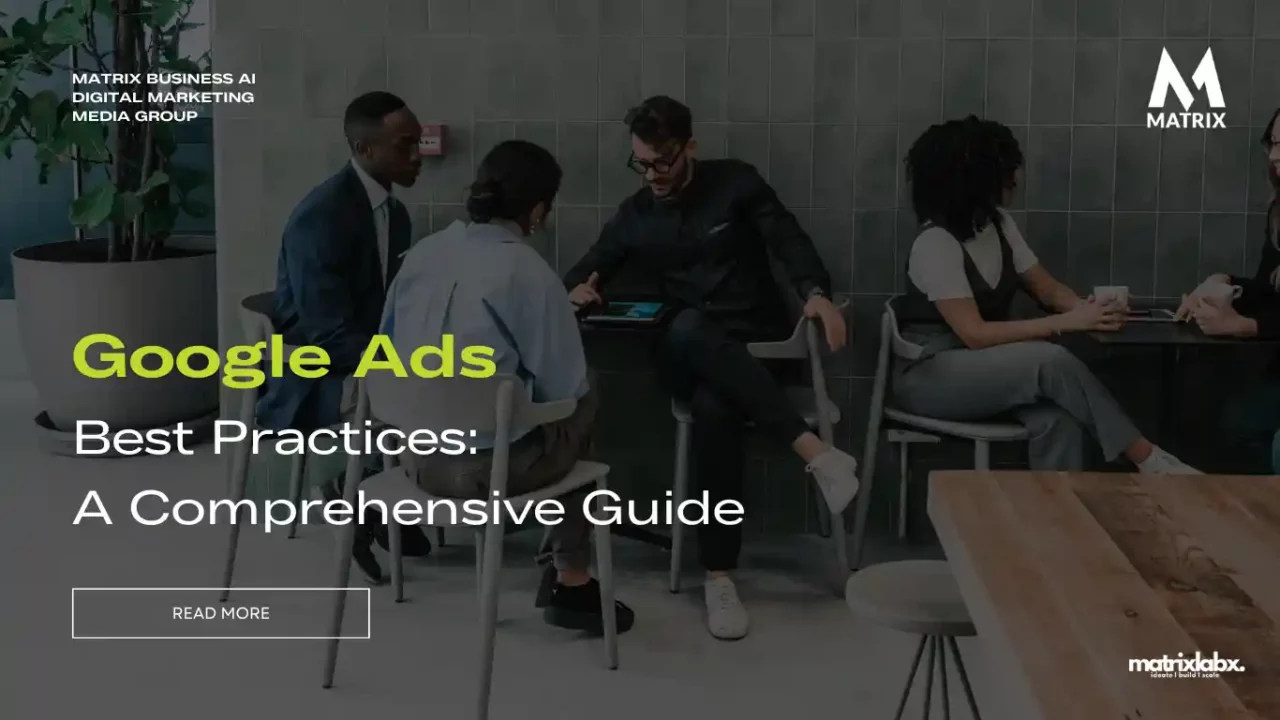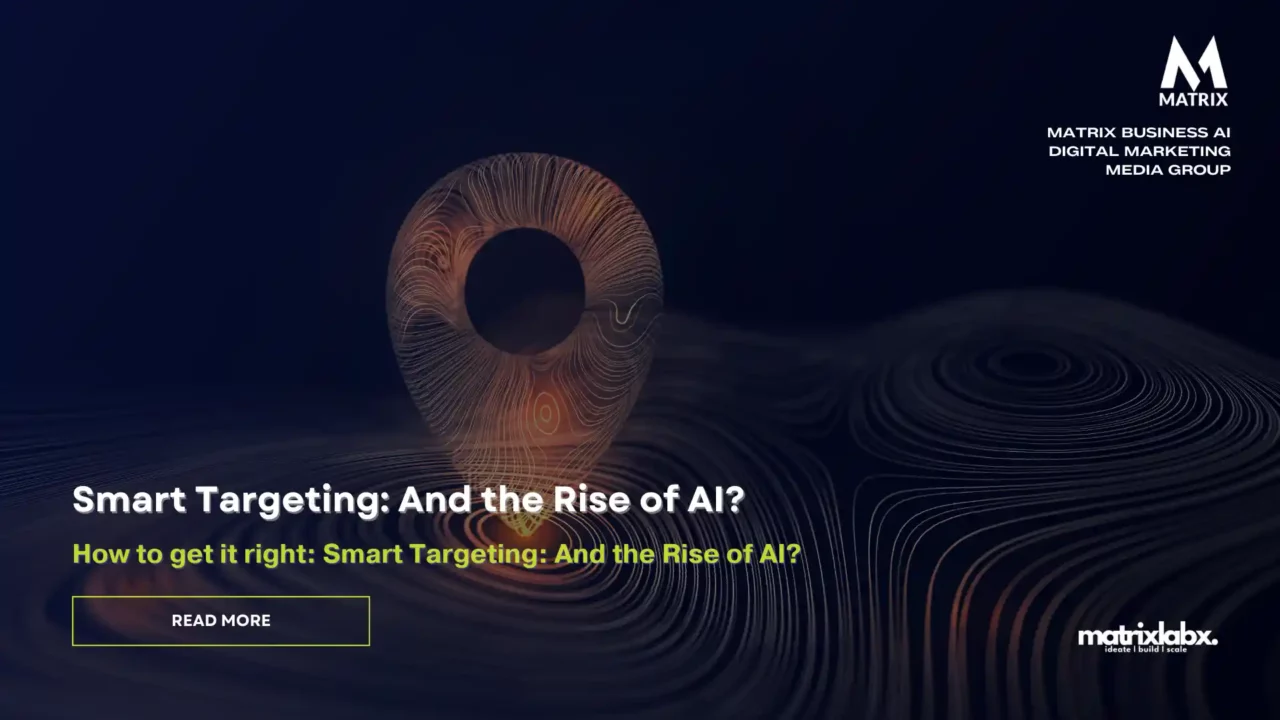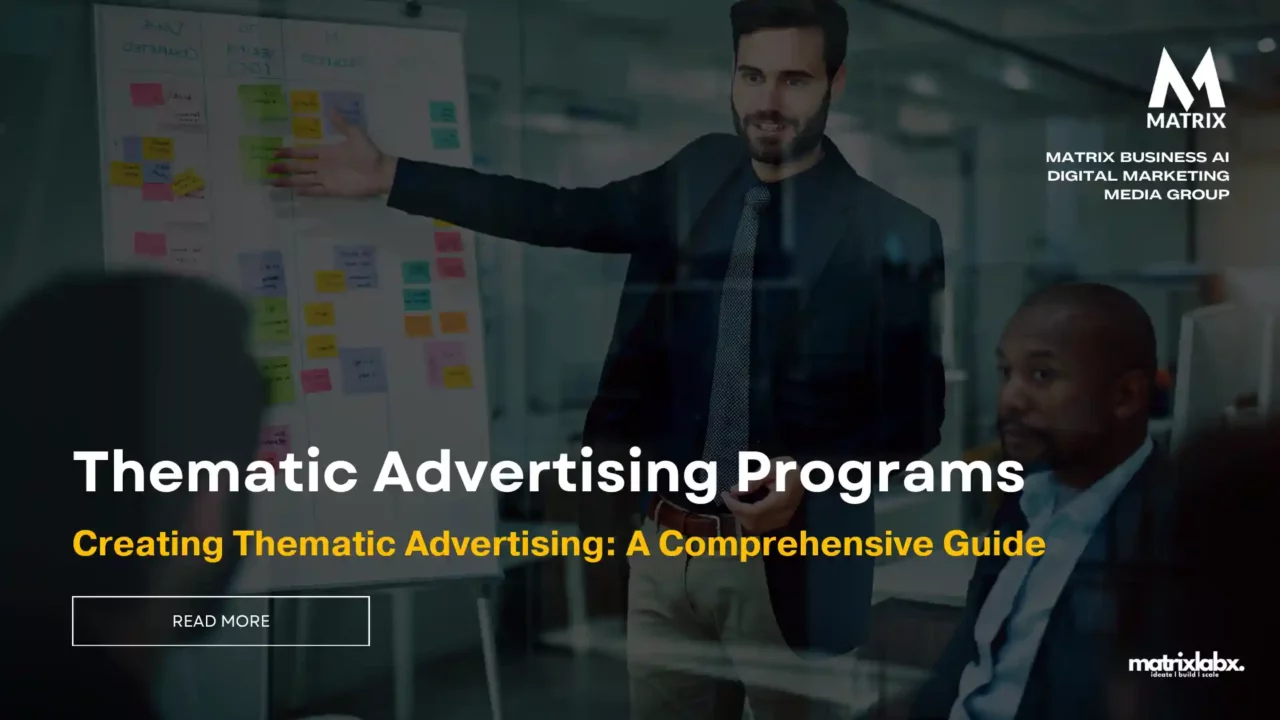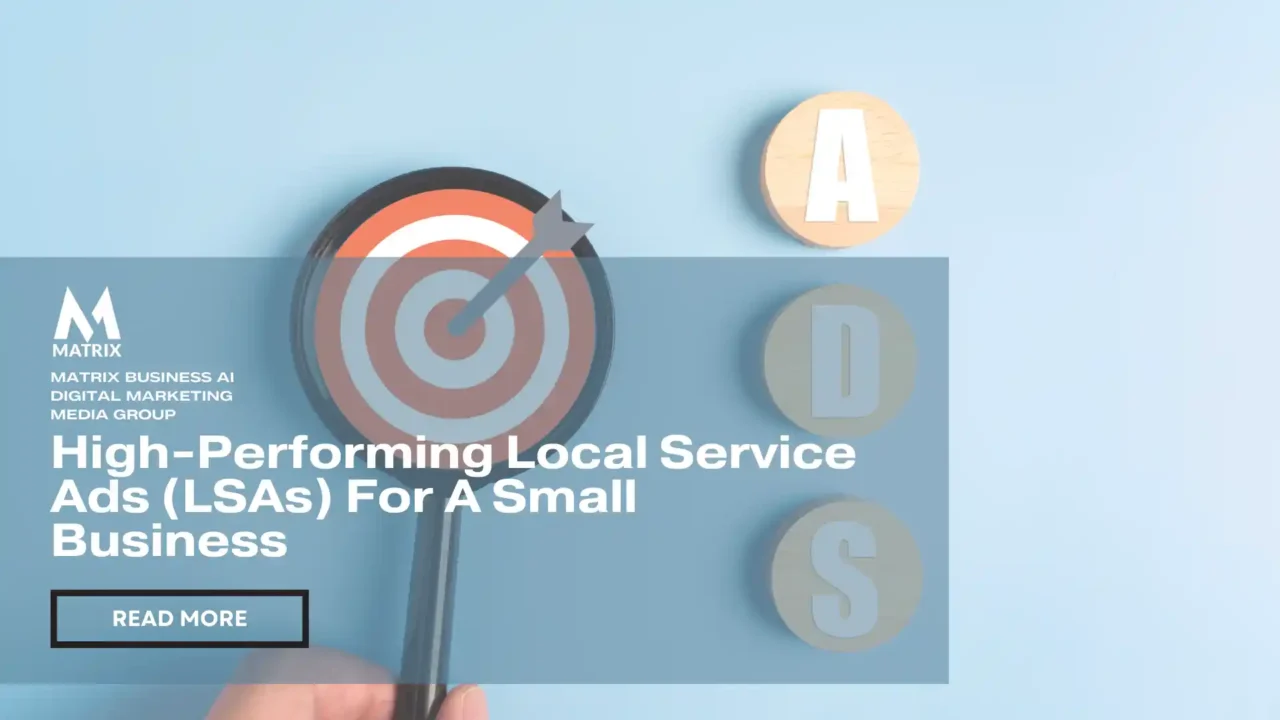Google Ads Best Practices: A Comprehensive Guide
Google Ads, previously known as Google AdWords, is a powerful tool for businesses looking to make a substantial impact in the online marketplace.
Once upon a time, a diligent and ambitious Google Ad Manager named Amy lived in the bustling city where a well-regarded enterprise company employed.
Amy was highly skilled and took pride in her work, always striving to hit and surpass the advertising goals set by her company. However, there was a period when the world of digital marketing threw a curveball her way.
Despite her expertise, her Google Ad campaigns’ return on investment (ROI) began to dwindle. This was a problem Amy had not faced before, and it started affecting her performance at work.
Every morning, she would analyze the data, hoping to find the key to unlock the secret behind the plummeting ROI. She tried adjusting keywords, tweaking ad copies, and reallocating budgets among different campaigns, yet nothing seemed to bring back the glorious days of high ROI.
Amy’s stress levels soared as the days turned into nights and the cycle repeated. She knew she needed a fresh perspective, something out of the box, to get her campaigns back on track.
One fine morning, while sipping her coffee and browsing industry forums, she stumbled upon an article about Matrix Business AI, a company renowned for leveraging artificial intelligence to optimize digital advertising campaigns.
Intrigued and a tad desperate, she decided to give them a call. The friendly voice on the other side reassured Amy, telling her they had helped many companies in similar predicaments.
Matrix Business AI’s team swung into action the next day. They dove deep into the data, analyzed the trends, and used their proprietary AI algorithms to find the bottlenecks hindering Amy’s campaigns’ performance.
They restructured her campaigns with their insights, targeting the right audience with compelling ad copies and optimizing the bid strategies.
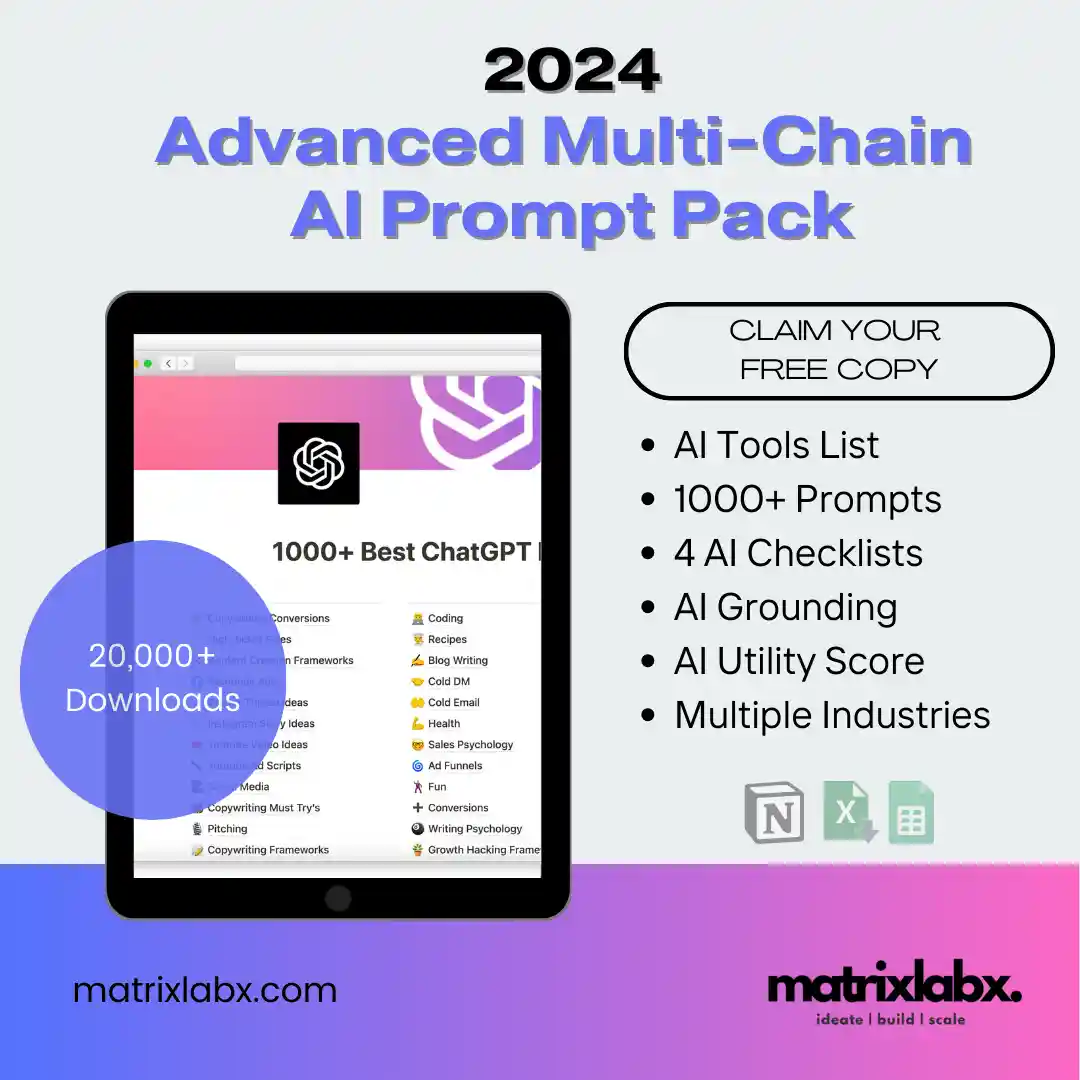
As days passed, Amy started noticing a significant uptick in the ROI. Her campaigns were now performing better, and the leads were pouring in. The dread that used to knot her stomach every morning as she opened her analytics now transformed into excitement.
Amy’s association with Matrix Business AI didn’t just stop at improving the ROI; it became a learning experience for her. She now better understood how AI could be leveraged to overcome digital marketing challenges.
The story of Amy’s turnaround spread in the digital marketing community, and soon, many were seeking the expertise of Matrix Business AI, making Amy’s enterprise company a shining testimony of overcoming digital adversities.
And while the digital marketing landscape continued to evolve, with Matrix Business AI by her side, Amy was now ready to face any challenge.
Thus, a professional predicament led to an alliance that benefited Amy and her company and paved the way for others in the industry to explore the potential of artificial intelligence in digital advertising. And though the challenges in the digital world always continued, success was always within reach with the right allies and continuous learning.
The world of PPC and digital ads can be overwhelming, but with proper guidance, you can master it like a pro! Here, we’ll share some best practices for Google-Ads, or PPC (Pay Per Click) advertising, to help your campaigns shine. So, let’s dive in!
1. Understanding Google Ads
Google Ads is Google’s advertising system where advertisers bid on certain keywords for clickable ads in Google’s search results.
Google-Ads is a pay-per-click (PPC) advertising platform that allows businesses to display ads on Google’s search engine results pages (SERPs) and other websites. Advertisers bid on keywords that they want their ads to appear for, and when a user searches for one of those keywords, the ad with the highest bid will appear at the top of the SERP.
Advertisers pay Google each time a user clicks on their ad. The amount advertisers pay per click (CPC) is determined by several factors, including the keyword’s competitiveness, the ad’s quality, and the user’s location.
Google Ads is a very effective way to reach potential customers, as it allows businesses to target their ads to people who are already interested in what they have to offer. However, it is important to note that Google-Ads can be expensive, especially for competitive keywords.
ROI of Google-Ads compared to direct sales
The ROI of PPC and digital ads compared to direct sales varies depending on several factors, including the industry, the type of product or service being sold, and the advertising campaign goals. However, Ads can be a very profitable way to generate sales.
According to Google, businesses make an average of $2 for every $1 they spend on ads. This means businesses can expect a 100% ROI on their Google Ads spend. However, it is important to note that this is just an average. Depending on the abovementioned factors, some businesses may make more or less than $2 for every $1 they spend on PPC and digital ads.
Here is a comparison of the pros and cons of Digital Ads and direct sales:
Google Ads
Pros:
- Highly targeted: You can target your ads to people already interested in your offer.
- Effective: Ads is a very effective way to generate sales. The cost of google ads is important. And google display ads are more expensive than google search ads.
- Scalable: You can easily scale your campaigns up or down as needed.
- Measurable: You can easily track the results of your campaigns and see how much money you are making from your ad spend.
Cons:
- Expensive: Google-Ads can be expensive, especially for competitive keywords.
- Competitive: The competition for certain keywords can be very high.
- Complex: PPC and digital ads can be complex to set up and manage effectively.
Direct sales
Pros:
- Higher margins: You typically have higher margins on direct sales than on sales generated through Google-Ads.
- More control: You have more control over the sales process and the customer experience.
- Stronger relationships: You can build stronger relationships with your customers when you sell directly to them.
Cons:
- More difficult to scale: It can be more difficult to scale your direct sales efforts than your ads campaigns.
- Less measurable: It can be more difficult to track the results of your direct sales efforts and see how much money you are making from them.
- More time-consuming: Direct sales can be more time-consuming than Google-Ads, as you need to build relationships with potential customers and close deals.
Google-Ads and direct sales both have their advantages and disadvantages. The best way to decide which channel is right for you is to consider your business goals and resources.
If you are a CFO, you should be aware of the following factors when considering Google-Ads:
- The cost of Ads can vary depending on the competitiveness of the keywords you are targeting and the quality of your ads.
- Google-Ads can be a very effective way to generate sales, but setting up and managing your campaigns effectively is important.
- Google-Ads can be a good way to supplement your direct sales efforts, but it should not be your only source of leads and sales.
You should also track the ROI of your Google-Ads campaigns to ensure that you get a good investment return. You can track your ROI by dividing the revenue you generate from your ads campaigns by the amount you spend on those campaigns.
Since advertisers must pay for these clicks, this is how Google makes money from searches.
1.1 Benefits of PPC Ads
With Google-Ads, businesses display their products or services at the top of search results, increasing visibility and accessibility. It’s a cost-effective tool; you only pay when users click your ads (hence, Pay Per Click).
2. Google Ads Campaign Structure
Understanding the structure of PPC and digital ads is vital. A well-structured account can improve relevance and score more points on the Quality Score metric. Advertising with google ads is tricky.
What is the Quality Score metric?
The Quality Score metric for Google-Ads measures how relevant and useful your ads and landing pages are to people searching for your keywords.
It is scored on a scale of 1 to 10, with 10 being the highest. A higher Quality Score means that your ads are more likely to appear in higher positions in the search results and that you may pay a lower cost per click (CPC).
The Quality Score is calculated based on the expected click-through rate (CTR), ad relevance, and landing page experience.
- Expected CTR: How likely will someone click on your ad when shown?
- Ad relevance: How closely does your ad match the intent behind a user’s search?
- Landing page experience: How relevant and useful your landing page is to people who click your ad?
You can improve your Quality Score by ensuring that your ads are relevant to your keywords, that your landing pages are relevant to your ads, and that your landing pages provide a good user experience.
Would you like to know more about how to improve your Quality Score?
2.1 Components of Google Ads Campaign
The main components include the campaign, ad group, and keywords. Each plays a specific role in determining how and where your ads will appear.
3. Choosing the Right Keywords
Keywords are at the heart of PPC ads. They trigger your ads to appear in search results.
3.1 Use Keyword Planner
Google’s Keyword Planner can help you discover new keywords, provide data on their performance, and even suggest bid estimates.
4. Creating Compelling Ad Copies
Your ad copy can make or break your campaign. It’s the first thing people see, so it needs to grab attention.
Creating compelling ad copies is important for several reasons:
- It helps you grab attention. Your ad copy is the first thing potential customers see, so making a good impression is important. Compelling ad copy will capture their attention and make them want to learn more about your product or service.
- It communicates your value proposition. Your ad copy should clearly and concisely communicate your product’s or service’s benefits to potential customers. It should also explain why they should choose you over your competitors.
- It drives conversions. The ultimate goal of your ad is to drive conversions, such as website visits, leads, or sales. Compelling ad copy will make potential customers want to take action and learn more about your offer.
Here are some tips for creating compelling ad copies:
- Use strong headlines. Your headline is the most important element of your ad, so make sure it’s strong and attention-grabbing. It should be clear, concise, and relevant to your target audience.
- Focus on benefits. People want to know what your product or service can do for them, so focus on the benefits in your ad copy. Explain how your product or service can solve their problems or improve their lives.
- Use persuasive language. Use persuasive language to convince potential customers to take action. For example, you could use words like “limited-time offer,” “free shipping,” or “money-back guarantee.”
- Test and measure your results. It’s important to test different ad copies and measure your results to see what works best. This will help you to improve your ad performance over time.
Why is creating compelling ad copies important for CEOs?
As a CEO, you are responsible for the overall success of your business. Creating compelling ad copies is essential for driving traffic to your website, generating leads, and increasing sales. Investing in high-quality ad copy can improve your marketing ROI and grow your business.
Here are some specific ways that creating compelling ad copies can benefit your business:
- Increase website traffic. Compelling ad copies can help you to attract more visitors to your website. When more people visit your website, you have more opportunities to convert them into customers.
- Generate more leads. Compelling ad copies can help you to generate more leads from your website visitors. Leads are people who have expressed interest in your product or service, so they are more likely to become customers.
- Increase sales. Compelling ad copies can help you increase sales by convincing potential customers to buy your product or service.
Creating compelling ad copies is one of the best ways to improve your marketing ROI and grow your business. If you are a CEO, I encourage you to invest in high-quality ad copy to achieve your business goals.
4.1 Effective Headlines and Descriptions
Your headline should be catchy and relevant. The description should provide more details and include a call to action.
5. Landing Page Relevance
Your landing page should match the promise of your ad. If the user does not find what they expected, they will leave, increasing your bounce rate.
5.1 Landing Page Optimization
Optimizing your landing page involves improving load times, using clear and concise language, and having an easy-to-navigate layout.
6. Using Ad Extensions
Ad extensions provide extra information and reasons for people to choose your business. They can increase your ad’s click-through rate by several percentage points.
6.1 Types of Ad Extensions
There are several types of ad extensions, including call extensions, location extensions, and site link extensions. Choose those most relevant to your business.
7. Conversion Tracking
Conversion tracking helps you understand how your ads generate leads, sales, downloads, email sign-ups, and other key actions for your business.
7.1 Setting Up Conversion Tracking
Google provides easy-to-follow instructions for setting up conversion tracking. It involves adding a piece of code, or tag, to your website.
8. Regular Campaign Optimization
Optimizing your campaign involves regularly reviewing and adjusting your strategies to improve performance.
8.1 A/B Testing
A/B testing is a way to test different versions of your ads to see which one performs better.
9. Budget and Bidding Strategy
Managing your budget effectively and choosing a bidding strategy that maximizes ROI is crucial.
9.1 Choosing the Right Bidding Strategy
Ads offers several bidding strategies, including cost-per-click (CPC), cost-per-thousand impressions (CPM), and cost-per-acquisition (CPA).
10. Exploring Advanced Features
Ads has several advanced features that can provide deeper insights and greater control over your campaigns.
10.1 Remarketing and Similar Audiences
These tools allow you to reach people who have previously interacted with your website or app and to find new customers based on the behaviors and interests of your best customers.
11. Analytics and Reporting
Ads provide powerful analytics tools to monitor the success of your campaigns and make data-driven decisions.
11.1 Utilizing Google Ads Reports
Ads reports give you insights into how your ads perform, where your traffic comes from, and how your spending leads to results.
12. Staying Updated with Google Ads Trends
The world of PPC advertising is constantly changing. Staying updated with new features, trends, and strategies can give you an edge over competitors.
12.1 Google Ads Updates
Google regularly updates its ad platform. Stay updated by following Google’s official blog or subscribing to PPC news websites.
In conclusion, mastering PPC and digital ads isn’t a walk in the park, but it can be a significant booster to your online presence with the right practices. Use these tips to navigate the PPC waters and bring your business to the forefront of Google search results.
Matrix Business AI and Automated Google Ads Generation
MatrixLabX Business AI and Automated Google Ads Generation is a powerful tool that can help you skyrocket your ROI by automating, creating and managing PPC and digital ads campaigns.
How it works
MatrixLabX Business AI uses artificial intelligence to analyze your business data and identify the best opportunities to generate leads and sales through PPC and digital ads. It automatically creates and manages campaigns for you, so you don’t waste time and money on manual bidding and campaign optimization.
Benefits for the Chief Marketing Officer
MatrixLabX Business AI can help the CMO in several ways:
- Save time and money. MatrixLabX Business AI automates the entire Ads process, from keyword research to campaign creation to optimization. This frees up the CMO’s team to focus on other important tasks, such as developing marketing strategies and creating content.
- Improve campaign performance. MatrixLabX Business AI uses AI to optimize ads campaigns for performance. This means the CMO can expect higher click-through rates, conversion rates, and ROI from their campaigns.
- Scale campaigns more easily. MatrixLabX Business AI makes it easy to scale ads campaigns up or down as needed. This is ideal for businesses experiencing rapid growth or seasonal fluctuations in demand.
How it can skyrocket ROI
MatrixLabX Business AI can help businesses skyrocket their ROI by delivering more leads and sales for less money. This is achieved through a combination of factors:
- AI-powered campaign optimization. MatrixLabX Business AI uses AI to optimize performance campaigns, ensuring businesses get the most out of their ad spend.
- Targeted keywords. MatrixLabX Business AI helps businesses identify the best keywords to target to reach their ideal customers.
- Effective ad copy. MatrixLabX Business AI helps businesses create effective ad copy that drives clicks and conversions.
- Comprehensive reporting. MatrixLabX Business AI provides comprehensive reporting on campaign performance so businesses can track their progress and adjust as needed.
MatrixLabX Business AI is a powerful tool that can help businesses skyrocket their ROI by automating and optimizing the Ads process.
Here are some examples of how MatrixLabX Business AI has helped businesses achieve amazing results:
- One e-commerce business used MatrixLabX Business AI to increase its conversion rate by 200%.
- A SaaS company used MatrixLabX Business AI to generate 10,000 new leads in 30 days.
- A brick-and-mortar business used MatrixLabX Business AI to increase its foot traffic by 50%.
If you are a CMO looking for ways to improve the ROI of your Ads campaigns, I encourage you to learn more about MatrixLabX Business AI.

